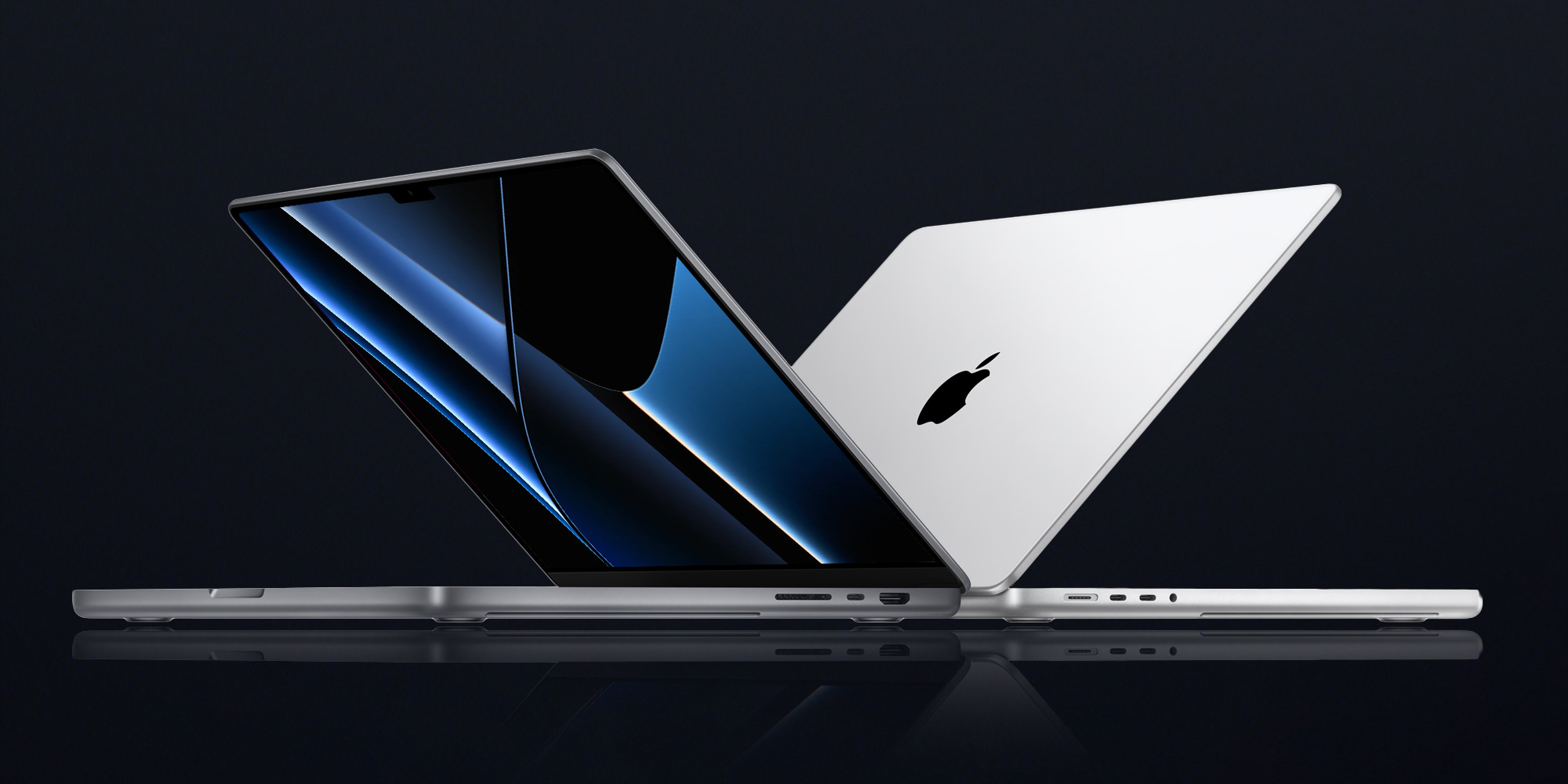
You can open them on your photo viewer or editor, copy them unto your hard drive, delete certain files, and even reformat your SD from there like a regular HDD or flash drive. You can now do with the contents of your SD memory card as you see fit. To access your SD card, just click on the drive icon. It can be named anything you want if you’ve named it prior through your device.
#Macbook sd card reader mac#
The SD slot of a typical Mac should be able to access standard 4MB- 2GB standard SD cards, SDHC (Secure Digital High Capacity) 4MB-32GB cards, 4GB-2TB SDXC, MMC (MultiMedia Cards), and UHS-II (up to 2TB) cards, but the last one only works on iMac Pro.

Steps Involved in Accessing Files from Your SD Card Using a Mac With that said, how should you go about opening your SD card? All modern Macintosh computers, from your iMacs to your MacBooks and everything in between and beyond, make use of the SD slot to allow access to SD media.
#Macbook sd card reader portable#
After all, it’s better to have them in the first place rather than omitting them altogether.The SD (Secure Digital) memory card is a stable or non-volatile memory card or storage system known to last a long time like a standard HDD but has the portable accessibility of the more volatile flash drive. It would appear that Apple focused more on the raw processing power boost and display quality enhancement by using a mini-LED panel rather than pondering too much about the port capabilities. Yes, 4K panels with 120Hz refresh rate output are not commonplace, but it would be a future-proof solution as the adoption slowly increases. An HDMI 2.0 port only supports a 4K at 60Hz on an external display, while the HDMI 2.1 standard takes things a notch higher by going up to 4K at a 120Hz refresh rate.
#Macbook sd card reader pro#
The HDMI port on the MacBook Pro is also compliant with the 2.0 standard and not the latest HDMI 2.1 standard. However, it’s not just the SDXC slot where Apple has cut some corners. For creative professionals such as photographers and filmmakers, Apple’s odd choice of sticking with an older UHS bus interface comes as a bummer for a machine that costs a pretty penny. In a nutshell, users can’t experience the faster read and write speeds of a corresponding SDXC Class-III card if they insert it inside the UHS-II bus on the new MacBook Pro models. In fact, the bus interface is two generations old, as the SD Express standard with PCIe Gen 4 offers a blazing fast 3.9GB/s throughput.īoth the UHS-II and UHS-III bus interfaces rely on a two-lane system for data transfer requiring two rows of pins used for upstream and downstream data movement, respectively. The newer and faster UHS-III interface can achieve a speed of up to 624 MB/s, double that of the UHS-II standard supported by Apple’s latest and greatest ‘Pro’ laptop. Established by the SD Association, the SDXC bus interface falling under the UHS-II bracket offers a peak data transfer speed of 312 MB/s. However, the company has told The Verge’s Dan Seifert that the slot supports the older UHS-II standard.

Related: Why MacBook Pro's M1 Pro & M1 Max Graphics Upgrades Are ImportantĪpple’s official product pages for the MacBook Pro don’t mention the SDXC card bus interface. But it appears that one aspect flew under the radar amidst all the excitement concerning the SD card’s output. However, the return of I/O options such as an HDMI port, the upgraded Thunderbolt 4 USB-C ports, and the SD card reader is what power users have been craving for years. The new M1 Pro and M1 Max processors stole most of the limelight, thanks to some impressive performance gains compared to Apple’s own M1 chip and previous-gen 16-inch MacBook Pro from 2019. Nevertheless, the company wowed eager fans with its 14-inch and 16-inch MacBook Pro updates that pack an all-new mini-LED display with an ugly notch, better keyboard, improved thermal design, higher-resolution front camera, and faster chips. Applemade sure that the refreshed MacBook Pro is loaded to the gills with top-of-the-line hardware, but the company forgot to extend the same treatment to the SD card reader, which is stuck at the two-generation-old and slower UHS-II standard.


 0 kommentar(er)
0 kommentar(er)
